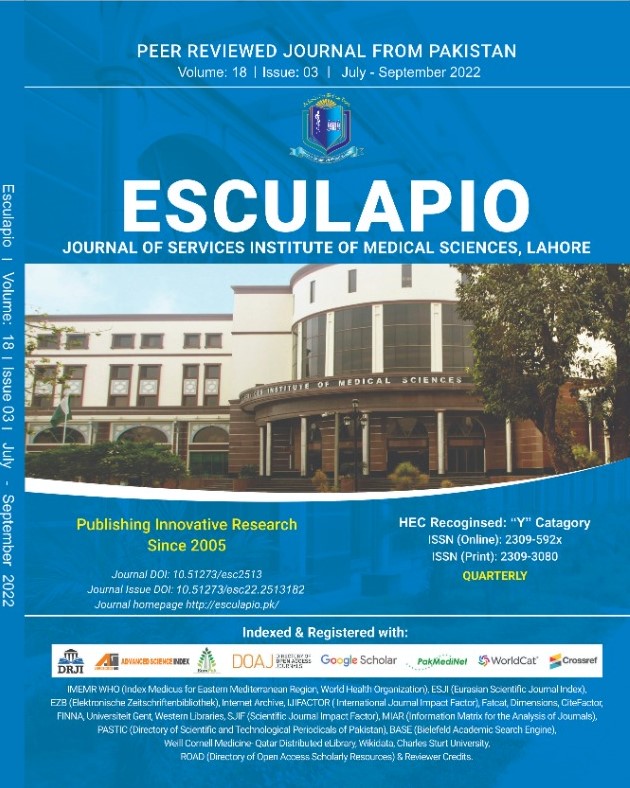Histological Effects of Ajwa on Oviduct after Nicotine Induced Toxicity in Adult Albino Rats
DOI:
https://doi.org/10.51273/esc22.2518328Keywords:
Nicotine, Phoenix dactylifera, vascular congestionAbstract
Introduction: Nicotine changes histology of uterine tube and Ajwa stops nicotine from causing toxicity.
Objectives: To study the damages produced by nicotine in the oviduct of adult female albino rats and its protection by Ajwa fruit extract.
Methods: Three equal groups of 30 rats were made and maintained in the animal house of Punjab Postgraduate Medical Institute, Lahore. The control group A received no treatment except distilled water while among the two treated groups, group B received intraperitoneal nicotine injection (0.1 mg/kg body weight) for 28 days. The rats of group C were given 1000mg/kg body weight Ajwa fruit extract by gastric intubation plus 0.1mg/kg body weight intraperitoneal nicotine injection for 28 days.
Results: In nicotine treated rats of group B, mucosa of the fallopian tubes showed flattening of infoldings along with inflammatory cells and degenerated epithelial cells. Fibrosis and blood vessel congestion was present in serosa. Near normal restoration of oviduct structure was seen with Ajwa plus nicotine treated group C.
Conclusion: Nicotine can cause reversible injury to fallopian tubes and Ajwa improves oviduct histology, so it may be beneficial to recover sterility or subfertility caused by nicotine in women.
How to cite: Rauf F, Suhail M, Sohail A, Muzaffar T, Nasreen S, Zaheer A. Histological Effects of Ajwa on Oviduct after Nicotine Induced Toxicity in Adult Albino Rats. Esculapio - JSIMS 2022;18(03):










